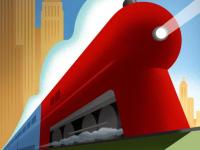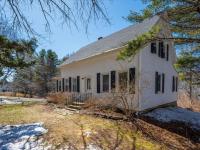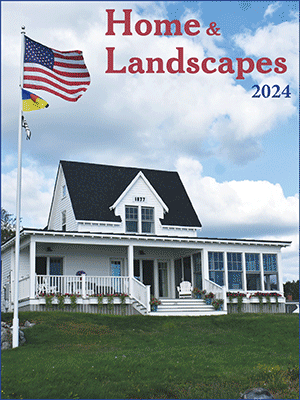Classic mid-century achitecture is worth preserving
Dear Editor:
It has been years since I read the “Hunchback of Notre Dame,” but I still remember that it begins with a treatise on architecture as the conveyor of ideas before the printing press was invented. Its author, Victor Hugo, was passionate about preserving Gothic architecture.
When I attended a public workshop of the building exploratory committee, I also revisited my old high school. It did not disappoint. It felt magical to enter the architectural space, a classic of the mid-century design movement which sought to bring good design into the homes or ordinary people. My dad often said the Fifties were a time when the distribution of wealth took the form of a bell curve with the greatest amount of wealth distributed among the greatest number of people.
And so mid-century design was unpretentious. It was simply well done and humanistic, which is likely the secret of its endurance and continuing popularity.
Victor Hugo got it right, architecture is not just a building, it is a form of communication even as we are now in an era when the printing press is being overtaken by digital technology. Architecture speaks its message day in and day out in a language that resonates deep within human consciousness. It is a persistent part of our experience.
The 1950s school building feels like a school, not like a corporation. It conveys that elegant equilibrium reflective of a time when the distribution of wealth was a bell curve.
I can’t think of another building in the region that represents mid-century design and sensibilities. The building is of historical importance worth repairing, maintaining and preserving. It is a perfect building for providing a traditional common ground education that justifies public financing, sized to the small population of young people that exists on the peninsula.
Susan M. Andersen
Boothbay





















